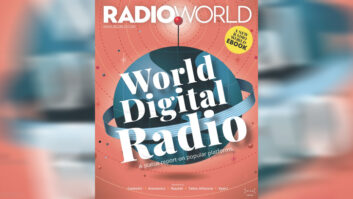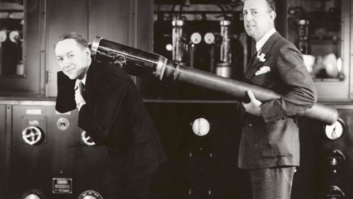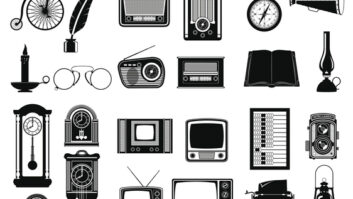The author is president of WorldDAB.
In the last six weeks, the European Parliament and the European Council have adopted the new European Electronic Communications Code. This directive requires all new car radios sold in the European Union to be capable of receiving digital terrestrial radio, in addition to any FM or AM functionality which manufacturers may want to include. The code also grants EU member states the power to introduce rules requiring consumer radios to include digital capability.

Following its adoption by the European Council, the directive was published in the Official Journal of the European Union (OJEU) on Monday Dec. 17 and enters into force on Dec. 20. For the automotive industry, the key section of the European Electronic Communications Code is Article 113, Annex XI:
“Any car radio receiver integrated in a new vehicle of category M which is made available on the market for sale or rent in the Union from … [two years after the date of entry into force of this Directive] shall comprise a receiver capable of receiving and reproducing at least radio services provided via digital terrestrial radio broadcasting. Receivers which are in accordance with harmonized standards the references of which have been published in the Official Journal of the European Union or with parts thereof shall be considered to comply with that requirement covered by those standards or parts thereof.”
The code ensures that millions of car drivers across the European Union will have access to the various benefits presented by digital terrestrial radio — including an increased number of radio stations to choose from, more consistent audio quality and enhanced data services. In Europe, the most common form of digital terrestrial radio is DAB/DAB+.
The adoption of the directive has been welcomed by broadcasters and other industry experts as clear evidence that DAB+ is now recognized, at a pan-European level, as the core future platform for radio. Applied equally to EU member states with established DAB markets, as well as those in the earlier stages of development, the code will provide a strong impulse to the adoption of DAB+ in cars across the EU

WHAT NEXT FOR EU MEMBERS?
As of Dec. 20, each EU member country has two years to introduce national legislation in accordance with the EU directive. It is therefore expected that all EU member countries will put in place their respective national laws requiring all new car radios to be capable of receiving and reproducing digital terrestrial radio broadcasting by the end of 2020.
Italy, for example, having anticipated the successful rollout of DAB+, introduced a law similar to the EU directive in order to guarantee the best possible listening experience for the millions of daily radio listeners across the country. The legislation in question states that as of Jan. 1, 2020, all domestic and automotive receivers will be required to include digital audio capabilities. The positive results are already reflected by the growing number of new cars sold in Italy that are equipped with a DAB+ radio — 46 percent as of June 2018, compared to only 28 percent in the second quarter of 2017.
In France, DAB+ population coverage has reached 20 percent following the launches of DAB+ in Lyon and Strasbourg. Having achieved this 20 percent threshold, the Conseil supérieur d’audiovisuel is expected shortly to trigger the French receiver law requiring all new radios — automotive included — to be capable of receiving digital broadcasts. The law states that within 18 months of the law being triggered, automotive manufacturers will have to include DAB+ chips in new car radios. Currently standing at 20 percent, the number of new vehicles equipped with DAB+ radios in France will therefore dramatically increase as the new legislation is applied starting from the second half of 2020. A similar impact is expected for consumer radios.
For consumer receivers, several other countries are considering the possibility of introducing a requirement to include digital capabilities. These include Germany, the Netherlands and the United Kingdom.
[Read: DAB’s Progress Over the Last Year]
Outside the EU, two of the most advanced DAB+ countries are Norway and Switzerland. In Norway, the first country to have switched off national FM services, 98 percent of new cars are equipped with DAB+ radios. In Switzerland, this figure stands at 85 percent, with a digital switchover scheduled to be completed no later than 2024.
As we look back on the past 12 months and the significant developments regarding the rollout of DAB+ across Europe, there is little doubt that DAB+ is seen as the core future platform for radio, both in and out of the car. More updates are expected to follow as we prepare for the WorldDAB Automotive 2019 event taking place in Turin on June 20, 2019.
[1] Passenger cars







